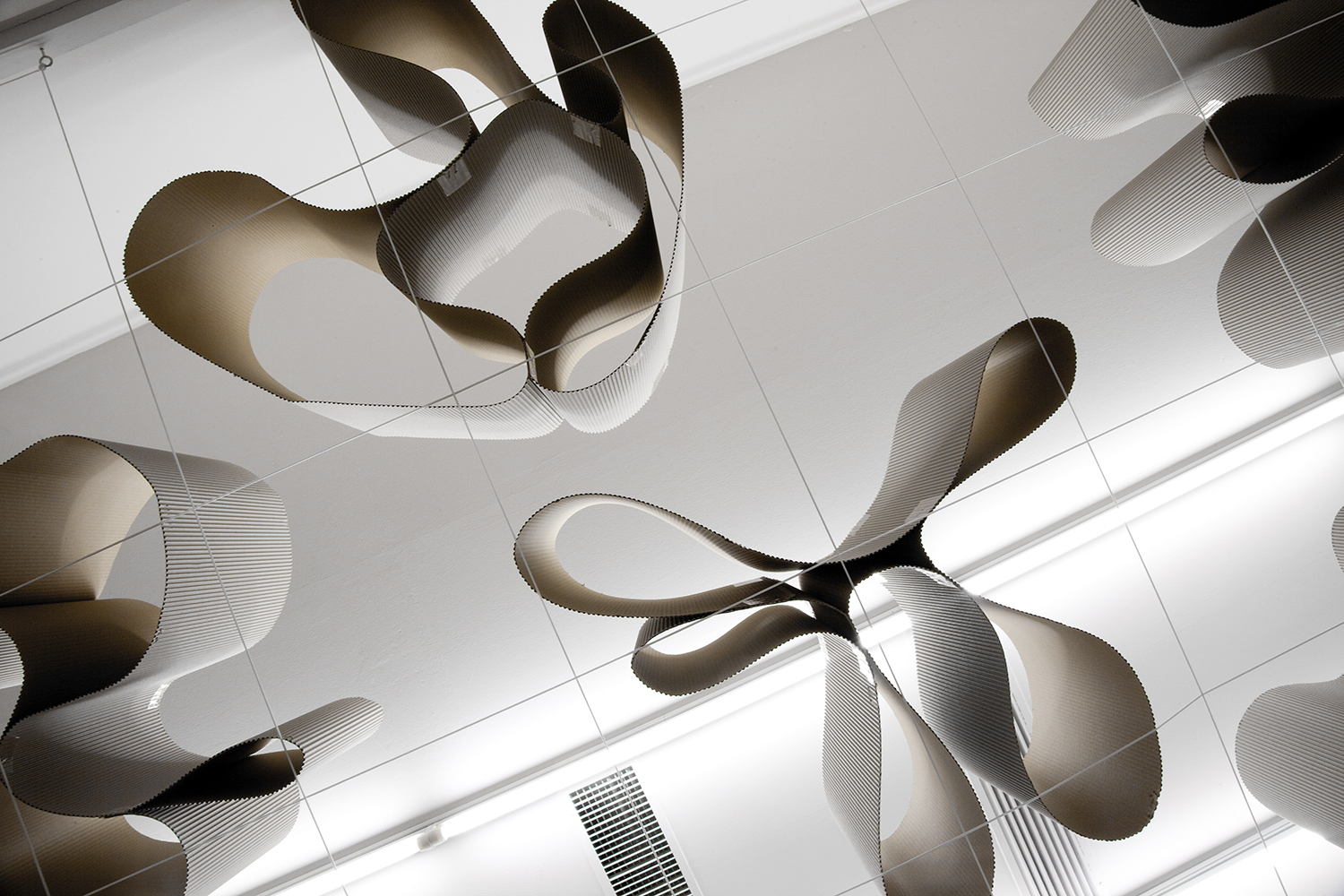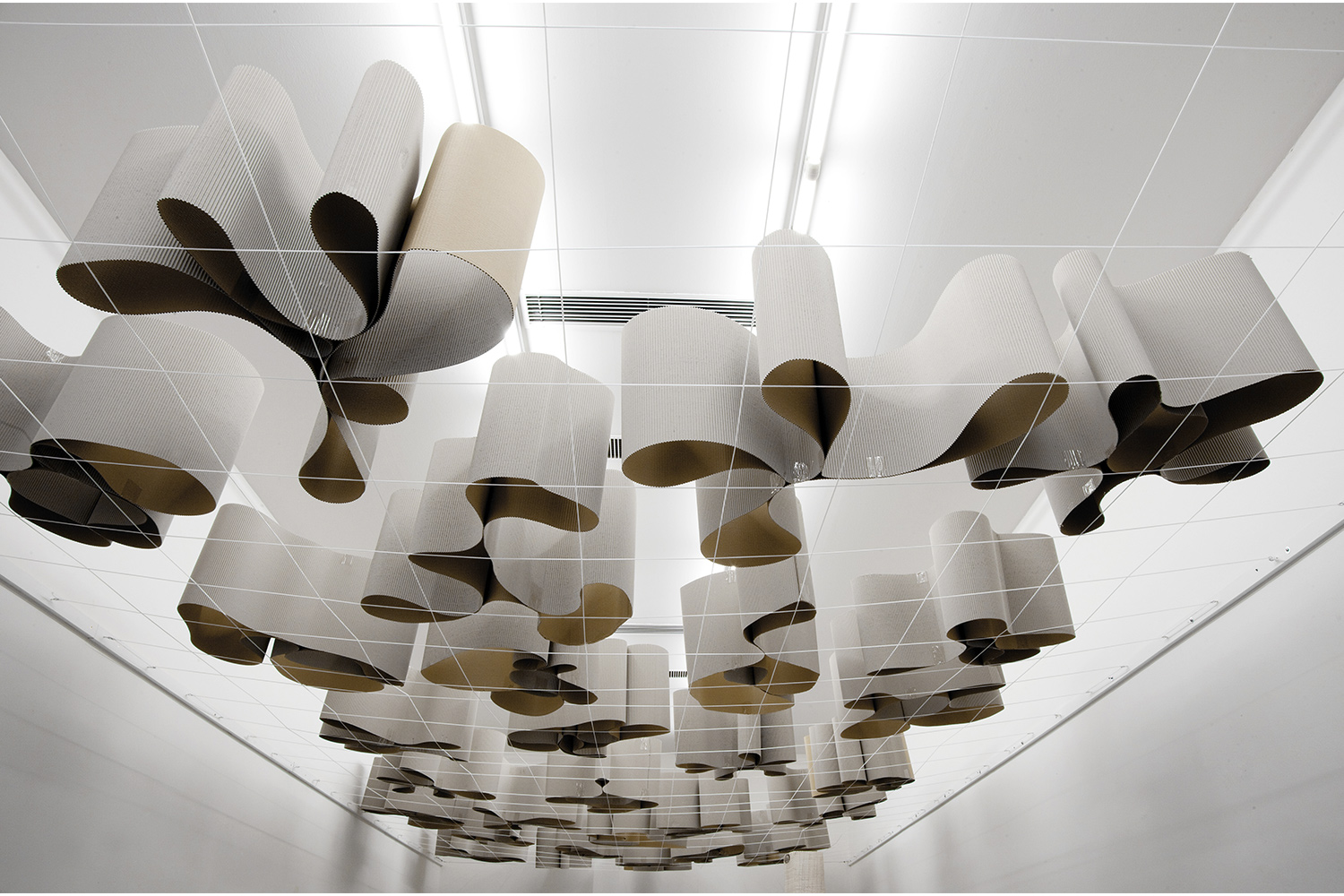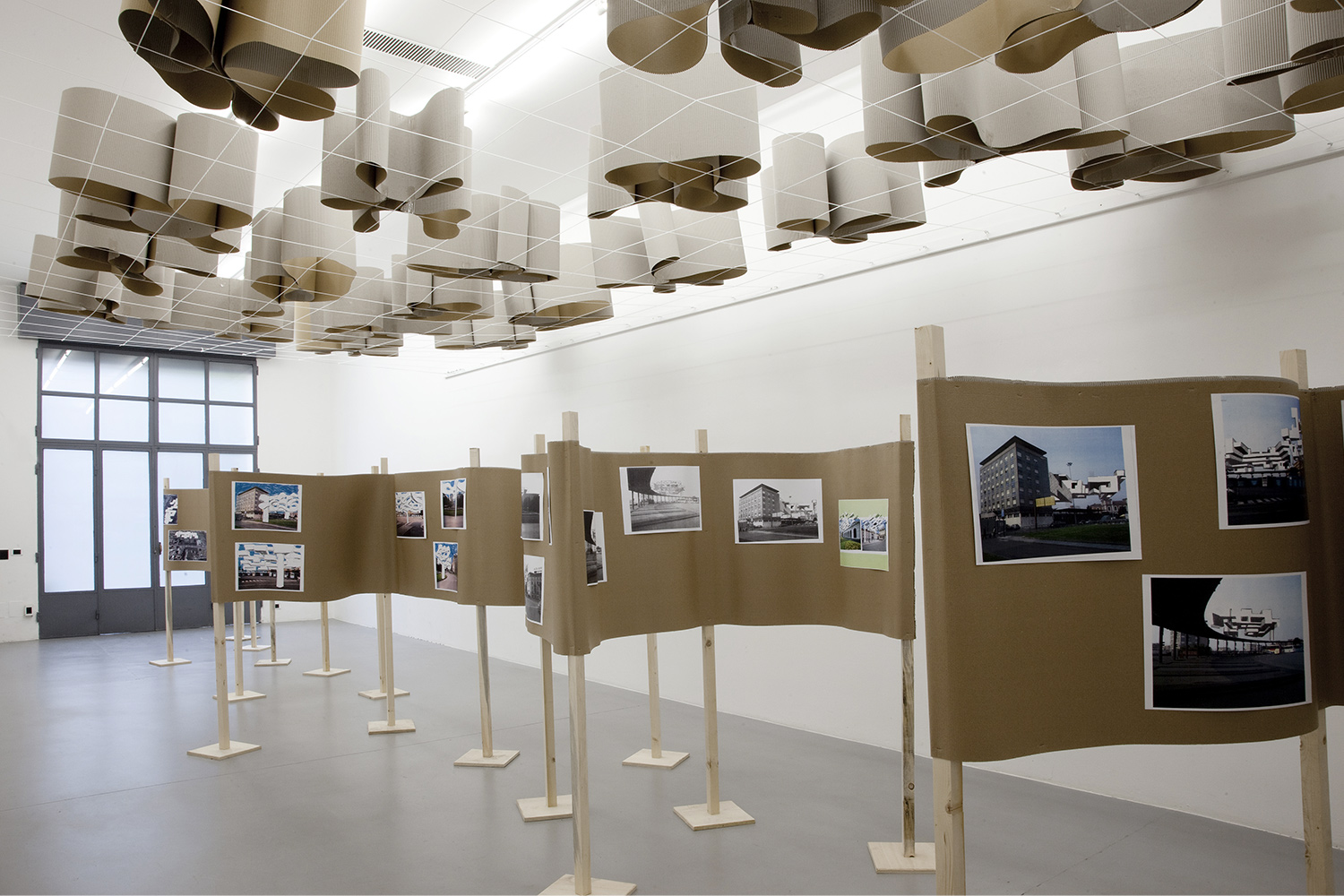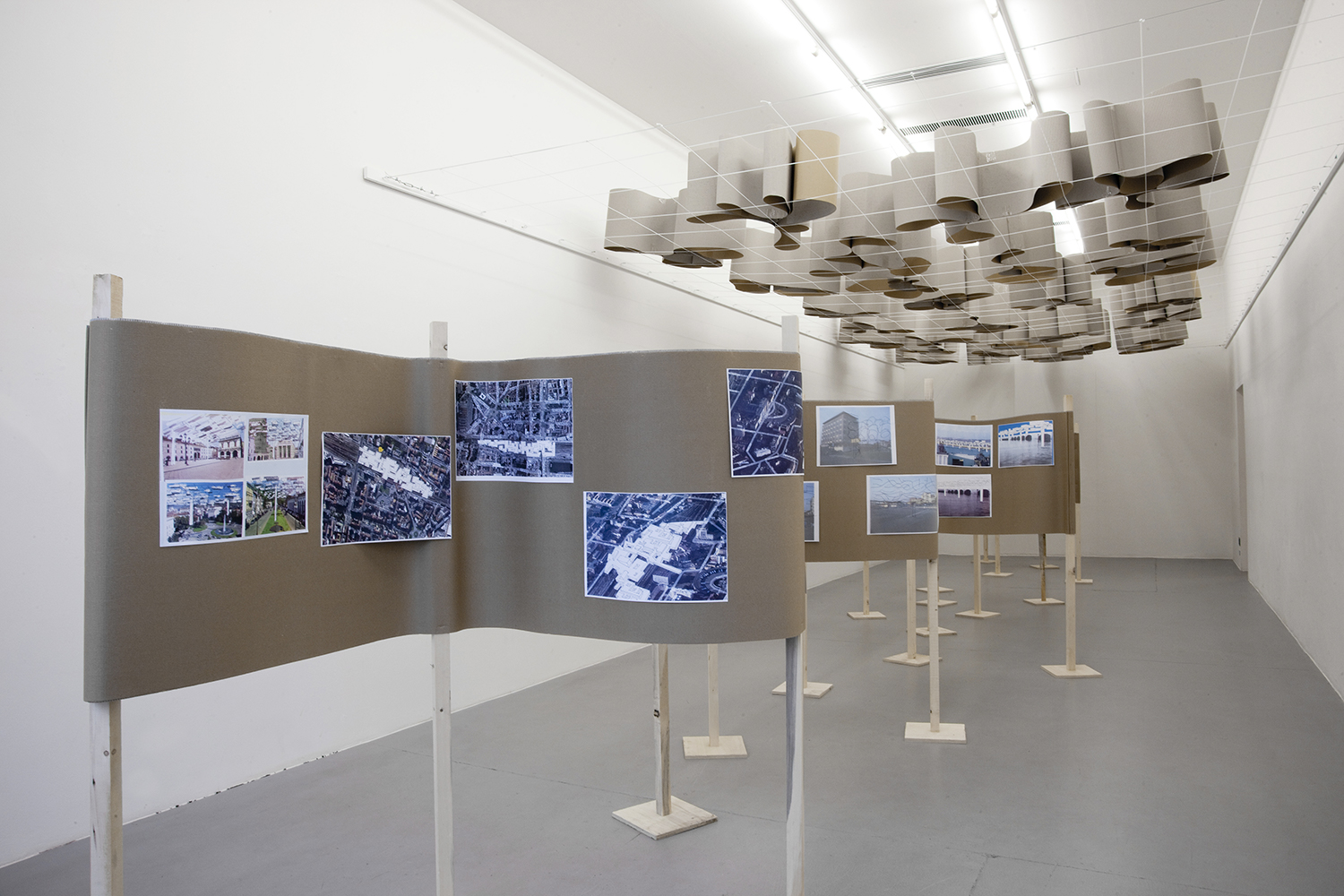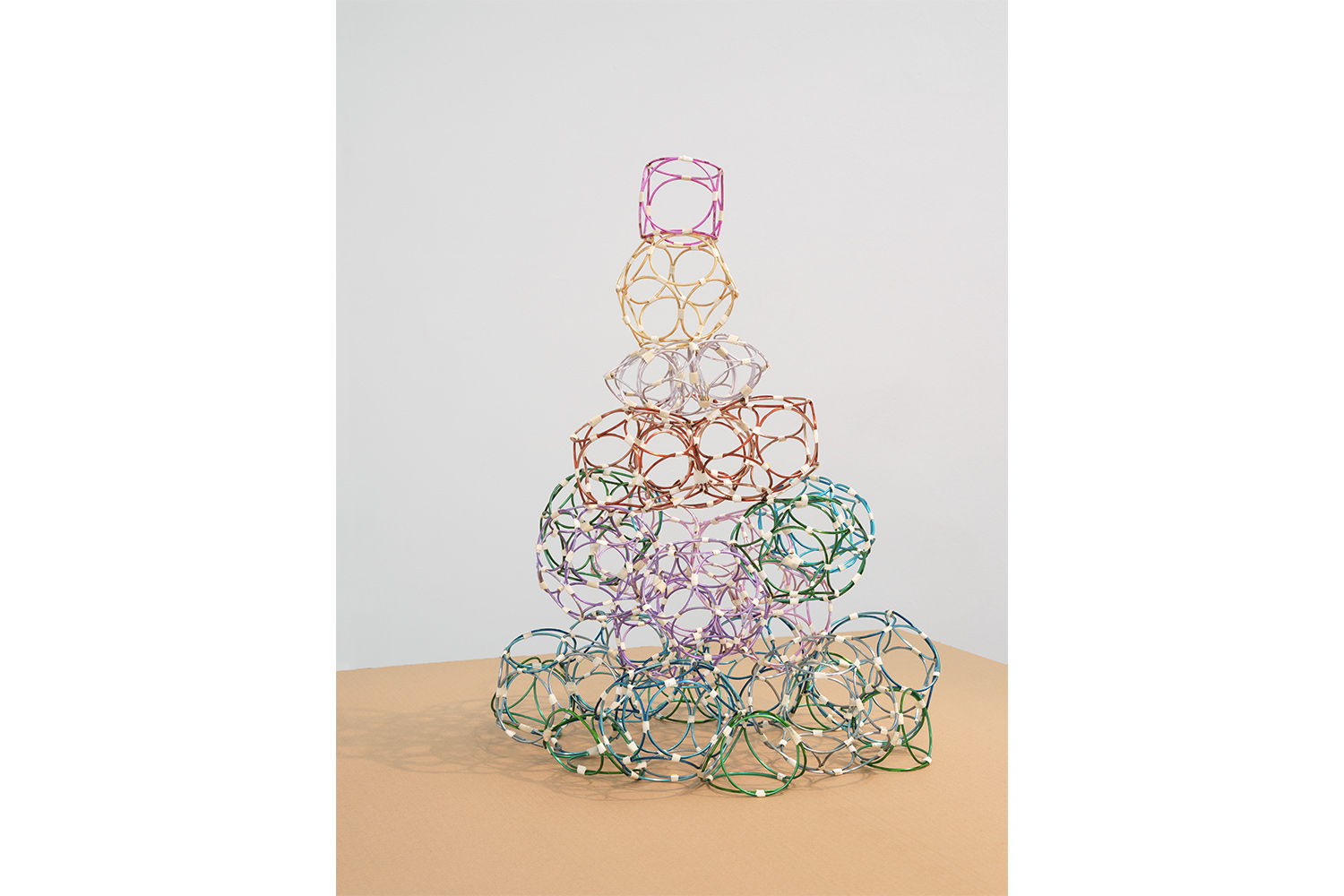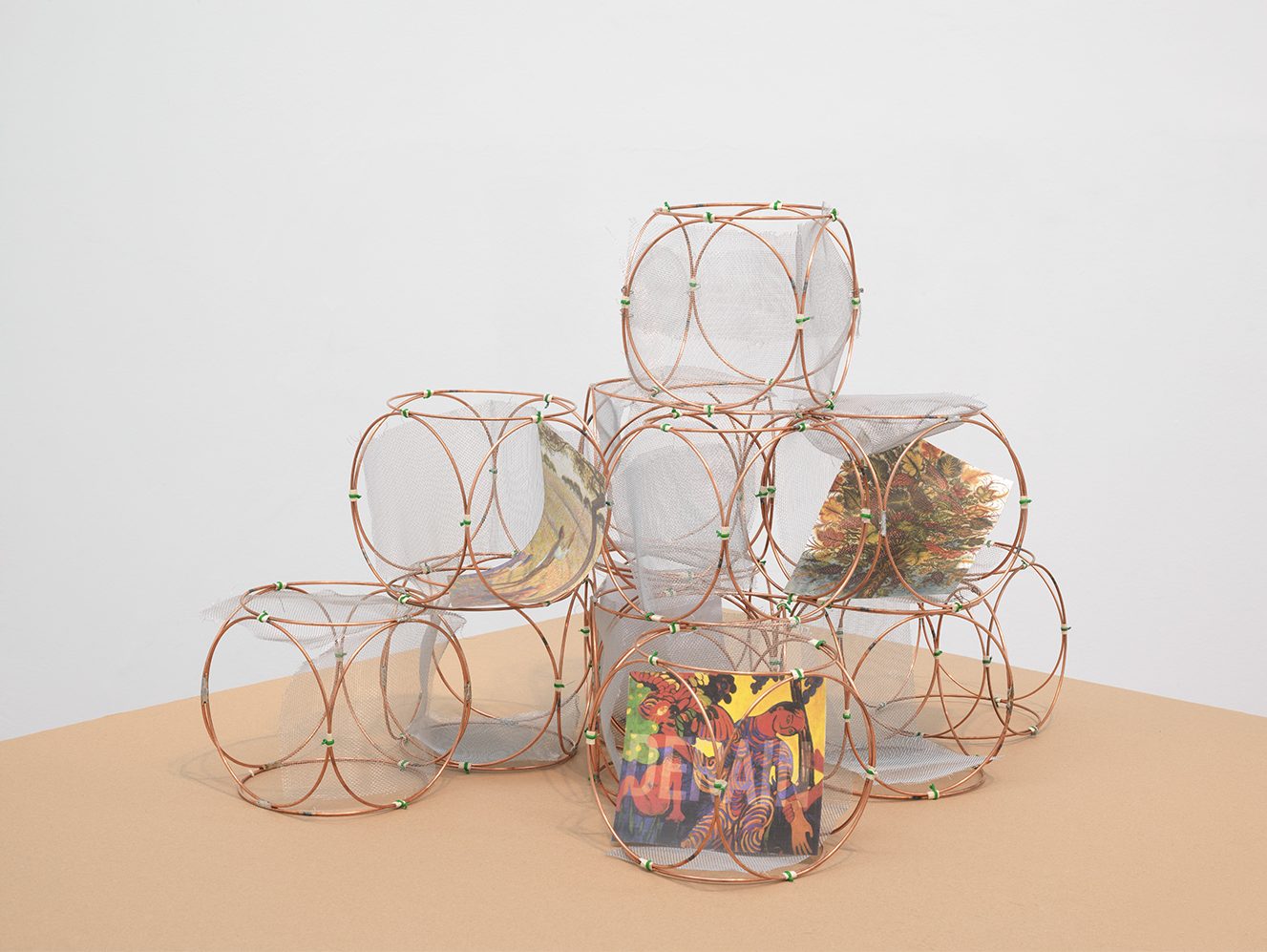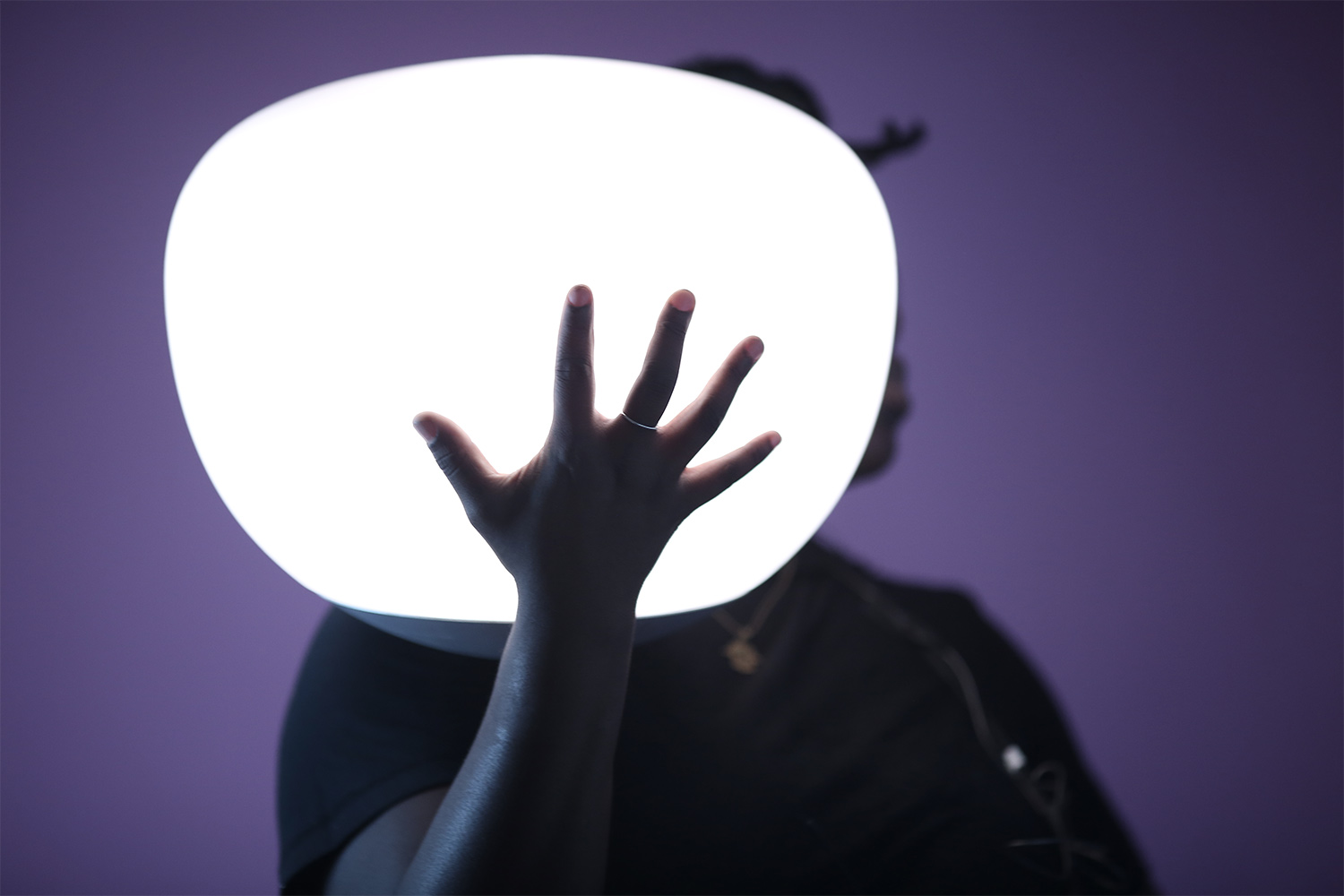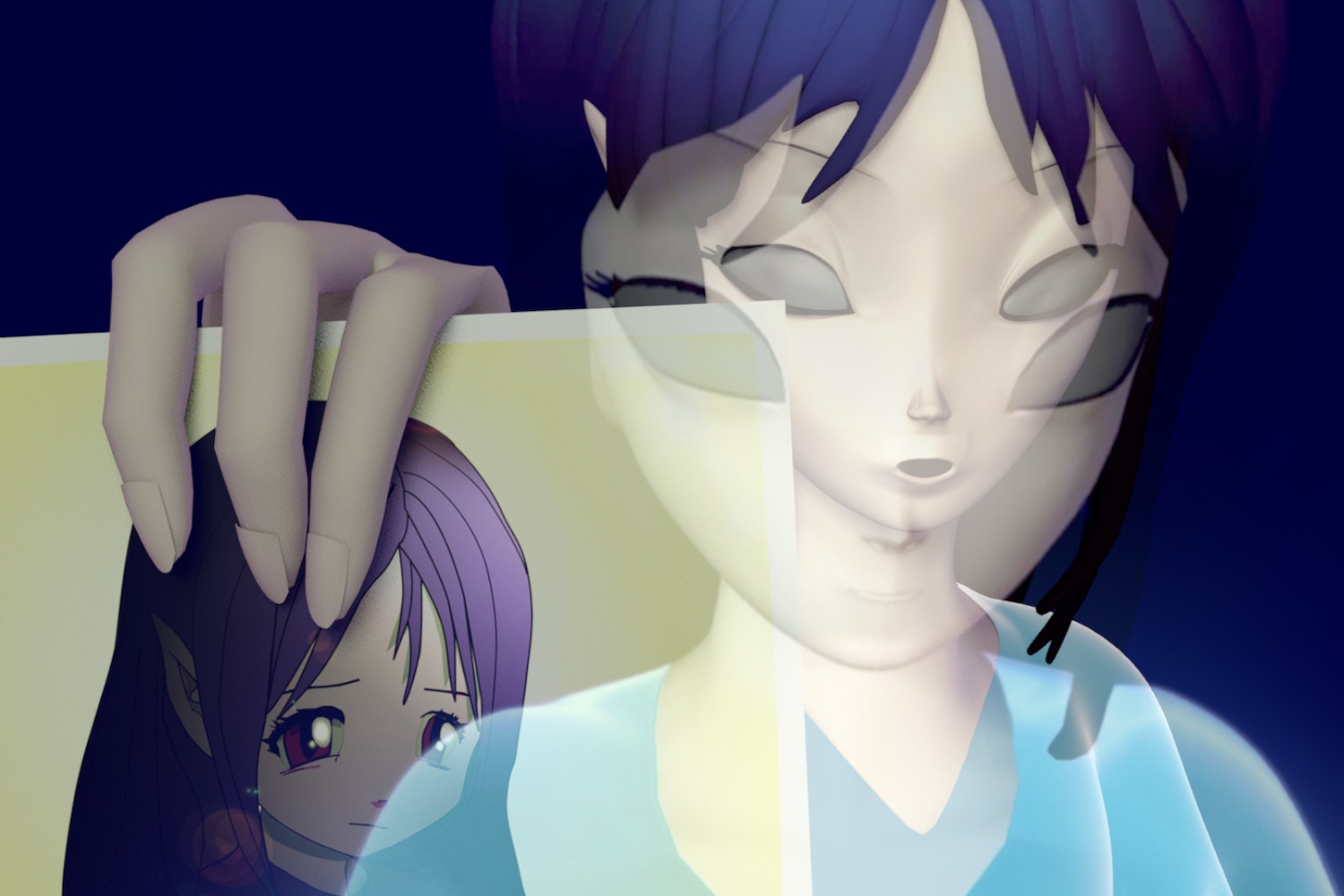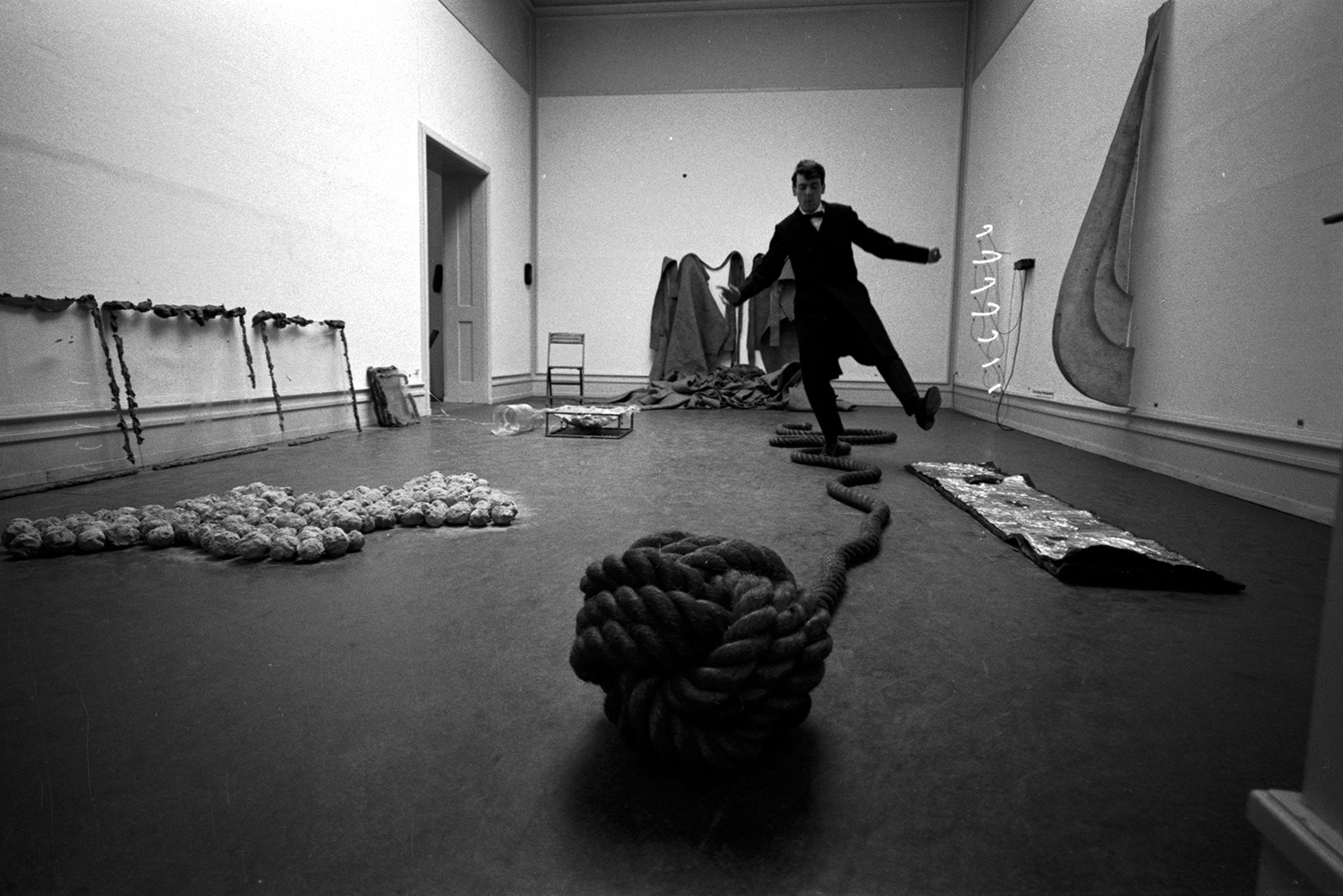Almost a year after the death of Yona Friedman (1923–2020), we offer an excerpt from a text by François Roche on the uses and abuses of the legacy of radical architecture. The text was commissioned in 2013 by the Direction de l’Architecture et du Patrimoine of the French Ministry of Culture which, in the end, refused to publish it, thus censoring it.
At Cross-Purposes
As multipurpose as a Swiss army knife, shunted back and forth every which way between art and architecture, he is at once an alibi, a foil, a spiritual father, a defeated ideologue whose scars are an atonement (the deafness, whether real or feigned — we’ll come back to it later) and rather handy… a paper architect, an ideologue, the kind of brand that keeps on giving, still legitimized by the French establishment, that funny alter cocker Yona Friedman® with the slight Slavic accent that makes you smile, whose foibles everyone forgives since they’re so charming and “inoffensive.”
Yona Friedman® is perfectly adaptable… inflatable balloons to mimic the Spatial City,1 floating cartons filed with salon-utopian political phraseology, pathetic and pathological. You see them everywhere: GPS helicopters made for a militarized robot city2… everything in Yona Friedman® is good for something, and those who instrumentalize him don’t see any connection with the anarcho-scientism underlying his thinking and production.
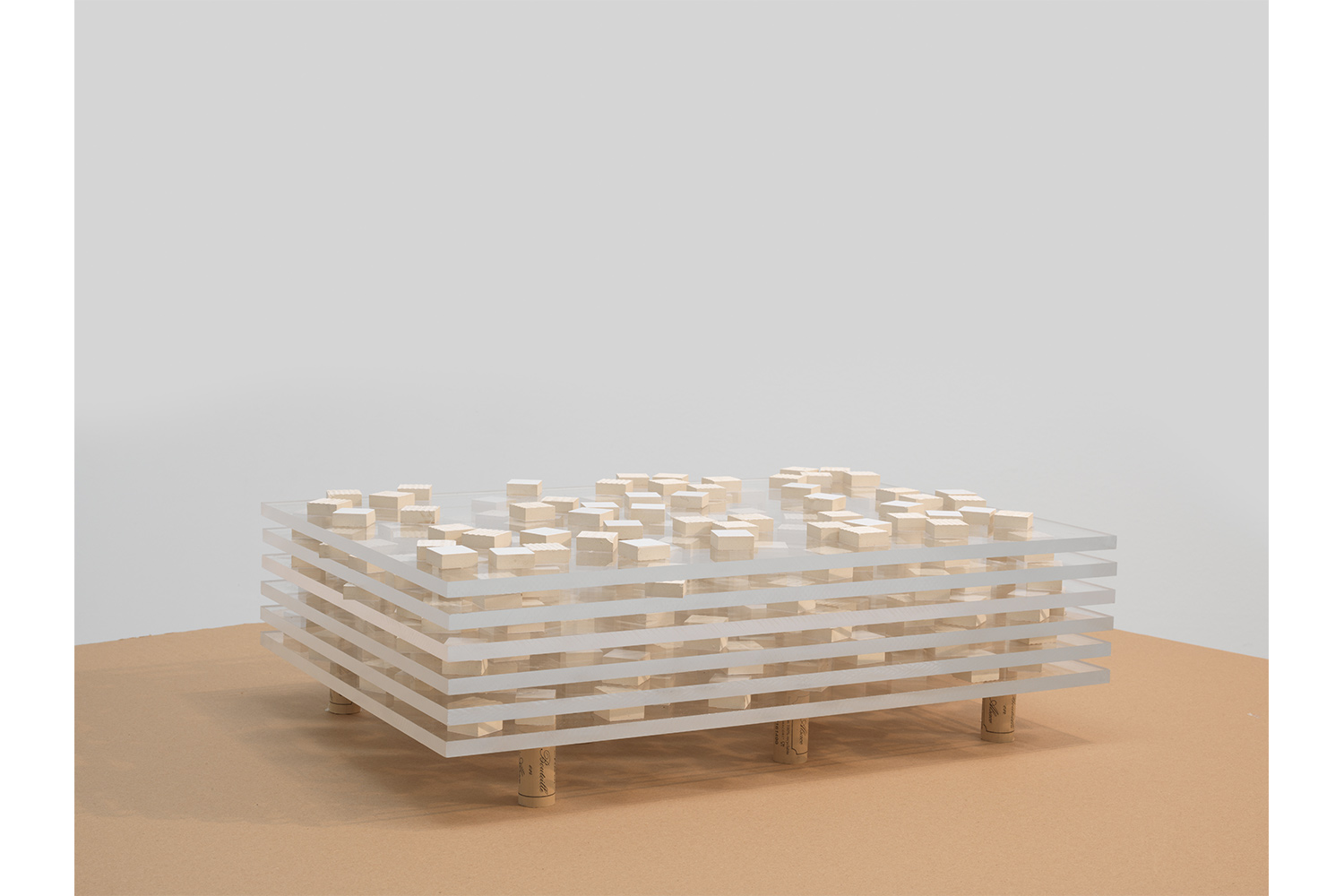
Hardly a month goes by that some ideologically challenged curator or architect in need of a pseudo-political installation doesn’t revisit the Spatial City for his own purposes, plucking a couple of citations, out of indolent self-aggrandizement, from a body of work he cannot understand and whose provocative intensity is beyond his grasp. We’ve seen his work used, too, at international art fairs, as a counterpoint, a cheap antidote to easily monetizable narratives meant for the commodities market. Showing Yona Friedman® is an act of political/aesthetic name-dropping, a way to deck yourself out with a little utopianist hedge, a cool antidote that has the advantage and the privilege of not challenging the conditions of its utilization… In these little tributes the Spatial City becomes nothing more than a bunch of scaffolding sponsored by the manufacturer, with a few hastily positioned flowerpots to give it a false “improvised” look. The 2013 version of the Serpentine Pavilion3 was no exception to the rule. The original was not a garden folly4 but a fragment of something larger, exhibit number one in the argument for the Spatial City where all human adventures would be tolerated and even suggested; here its purpose was to slap the Friedman® label on an antiseptically elegant design and dissemble the artist’s own intentions.
Has Friedman become, through no fault of his own, an icon for fakers, architects who reek of cheap — and lazy — political aesthetics? Perhaps his image could adorn a special bar of soap sold by art centers to raise money for the disadvantaged? It could be used for washing your hands of him as part of the collective amnesia, taking nothing from his work but the geometric inclinations and scientific and technological strategies that underpin his preambles, discarding the human, the stink, filth, and comedy, to borrow a phrase from Artaud,5 and seeing human beings as nothing more than decorative options on lopsided cardboard shelves awaiting visitors, an attempt to summon up a soupcon of improvisation, a utopian palliative!
What are we talking about here? A cultural and museological endeavor launched fifteen years ago whose mission was to rewrite history, specifically the radicality of the heroic postwar years — marked by architects like Ionel Schein and Yona Friedman — until the oil crisis and the postmodern reaction put an end to that chapter. Their brief was alluring, and historical work was more necessary than ever to combat the willful blindness of the power-and-thought structure that had unceasingly ignored them in the 1990s. That work was well done, except for one thing, and no small thing it was: the architecture and the architects were stripped of all their combativeness and friction in the face of their society, against it and as part of it, and all that was retained was the cultural and instrumental dimension (see the exhibition “Architectures Non Standard”6 at the Centre Pompidou, Paris, 2013). Their work was expunged of all its pathogenic elements, the sources of disorder, incompleteness and political and social unpredictability7 that were the very reason for its existence. NO, Frederick John Kiesler’s Endless House is not a scale model, an “exquisite corps” in a collection labeled “culture.” It was an attempt to dissolve the expectations that still condition architecture, to restage its premises and conventions in order to reconfigure its relationship with the world. Doing political architecture politically, to rephrase Godard, means using aesthetic strategies diametrically opposed to the Beaux Arts models of thought and transmission, i.e., of objects without subjects.
The data was stored, but when this experimental architecture was resurrected, instead of confronting the world of today, it became nothing but a spectacle, a “lite version” for planetary dummies. The purpose of Michelet’s subjectivized rewriting of the monarchical period was to serve the republic. The “culturization” of architectural radicality has had a perverse effect — that radicality has been taken captive by the museum.
Thus architecture is reduced to a lovely object, painless, odorless, and inoffensive, drawing its legitimacy from the experiments of the 1960s, not to interrogate their meaning for today and their non-synchronicity with our times, their naivety and toxicity, but to use them as historical and cultural excuses, as a shield to protect its autonomy. A little faux Friedman® goes a long way! He himself went deaf to the world, literally, thumbing his nose one last time, like a mischievous kid or a kind of self-protection against abusive appropriation… A dialog of the deaf.
Science + Fiction
Let’s get back to this trademark question and see what’s involved. Right before our eyes / Geometric interlacing floating over the city, a precursor of the castle in Miyazaki’s heaven, but without the organicity, a geometric multiplication, a kind of checkerboard with strict square patterns and uncertain boundaries, an addictive and repetitive addition of squared circles, deliberately demonstrating perfect mastery in terms of their dimensional and structural logic and their mode of assembly, utilizing successive incremental and recursive combinatorial mathematics in a scientific system in which the architect uses descriptive geometry8 as a deus ex machina to control and dominate his subject.
This interlacing, a rational and well-ordered superstructure, is on standby, or, more precisely, suspended, in both meanings of the word. Literally, in that it hangs above the city whose aerial interstices it occupies, but also suspended pending a hypothetical human colonization, which, in contrast, is dedicated to the free will of one and all, the negotiated interfacing of individuals and groups that determine the modes of habitation and interrelation according to their impulses and moods, or, in other words, to the disorder of human activities and the incompletion of the desires of the multitudes.
That’s exactly where the schizophrenia of the Yona Friedman® brand works its magic. Precisely there and on two levels: a preliminary scientific exposition that anchors a constructive reality in the achievable, the plausible, the prehensible, followed by a narrative of its “colonialization” in the form of a political fiction about participative and collective habitability… without that human energy, that animal vitalism,9 ever being worked out in any other field other than the ideological (I dare not use the word theory, so much does that word remain a mystery or even a hoax).
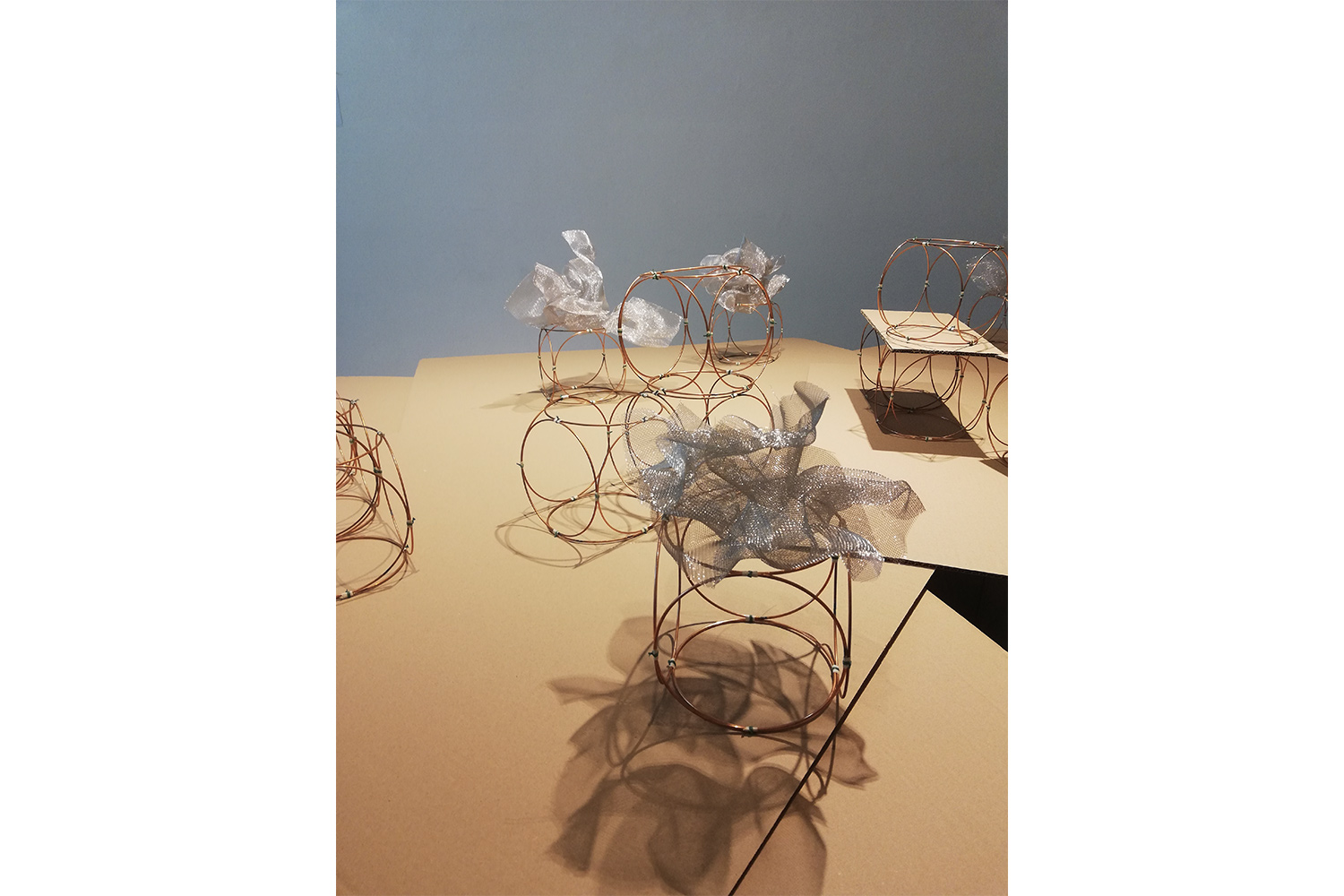
Here we can see the following consequences:
1) The control of the structures and combinations of polyhedrons, tetrahedrons, and polytope extensions (trihedral, 1955) underlying the geometry to be colonized is stated based on a “structuralist” mode of exchange in which each element (structure/colonization) is definable only by its relations of equivalence or opposition with the Other and the others. This ensemble of relationships is what makes up the “metabolic structure.”
The relationship between the mathematical enunciation and the anarchy of the modes of colonization generates a system of opposition that involves neither development nor correlation, nor organization in the sense of a co-functioning. It is not a symbiotic symbolic protocol, and there is no mutual affinity between the elements. The hierarchized chronologies of systemic-systematic permutations are not produced by the principles of contagion and epidemics10 that would phagocytize and dissolve the previously established geometries. The contact and development of the disordered entanglements of the human, all too filthily human multitude does not metabolize scientific causality. Plato’s “solid geometry” retains its imprint and its snot, indifferent to those they are supposed to invite.
In contrast, Constant’s hypotheses developed for his New Babylon project starting in 1953 sought to face up to the ugliness of human incompletion, human indeterminism, and privilege the aesthetic incoherences born of the multitude, the cannibalistic generation and degeneration of Rimbaud’s Paris Commune, like swarming music that rustles, buzzes, and teems.
2) The current abuse of the Friedman brand is based on this schizoid operatory mode, the ambivalence of the binary Science + Fiction (not to be confused with science fiction), like the production of antinomian and autonomous forms of knowledge. To be awarded the Yona Friedman® label, all that’s needed is a few repetitive geometries (computation) and a link referencing its guru-genitor. Thus one becomes a member of the now hyped and has-been sect called radical architecture.
But what about the human dimension, the “cursed part”11 so ardently desired by the brand but never really sought after, so present in the prologues but so absent in the procedures and generative aesthetics? Are human relationships so tricky to take into account that they have to be ideologized, idealized, carefully eschewing and excluding their excessive nature, the combinations of misunderstanding, conflict, and resignation that produce meaning and thought at the price of the defection of the latter? As Lacan said, “I think where I am not, therefore I am where I think not.” Is it possible to reactivate these ambiguous substances that lie at the origin of the relational modes, so that the science is not just an operational pretext but an object to be marginalized, cannibalized, and broken down so as to metabolize its positivist principles and political arrogance?
PS
We did interview (1993) and lecture with Yona (2009). Deep respect to his work and peace to his soul.

